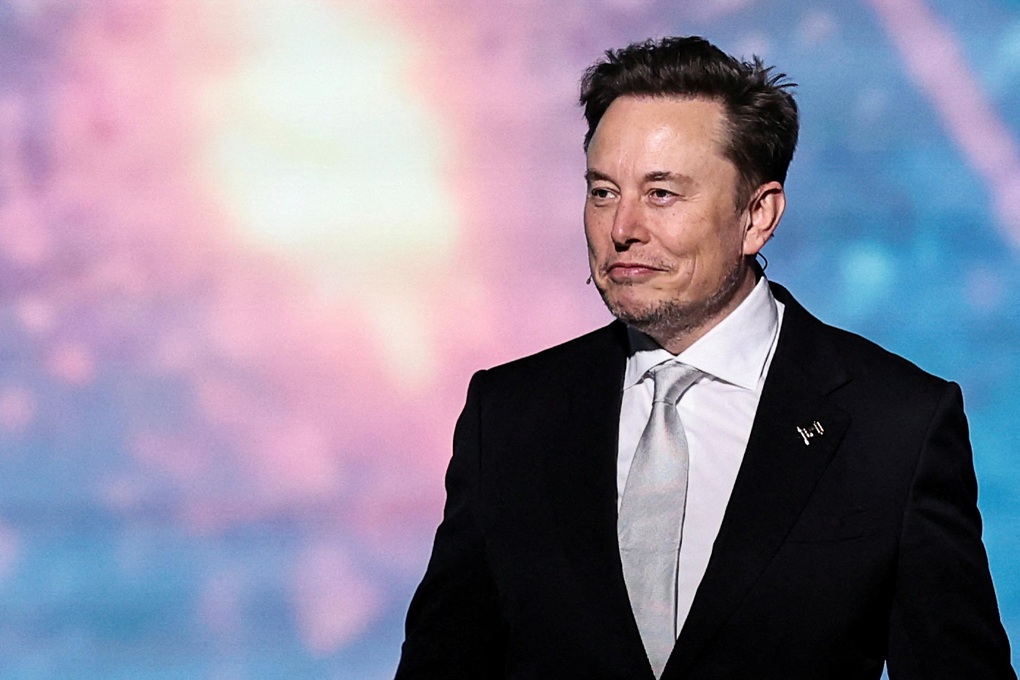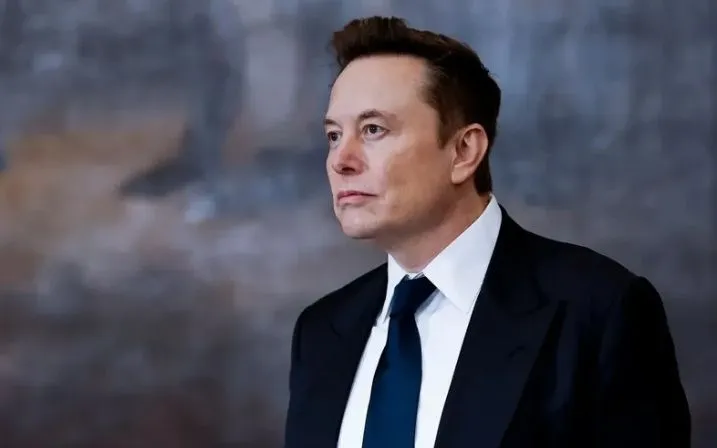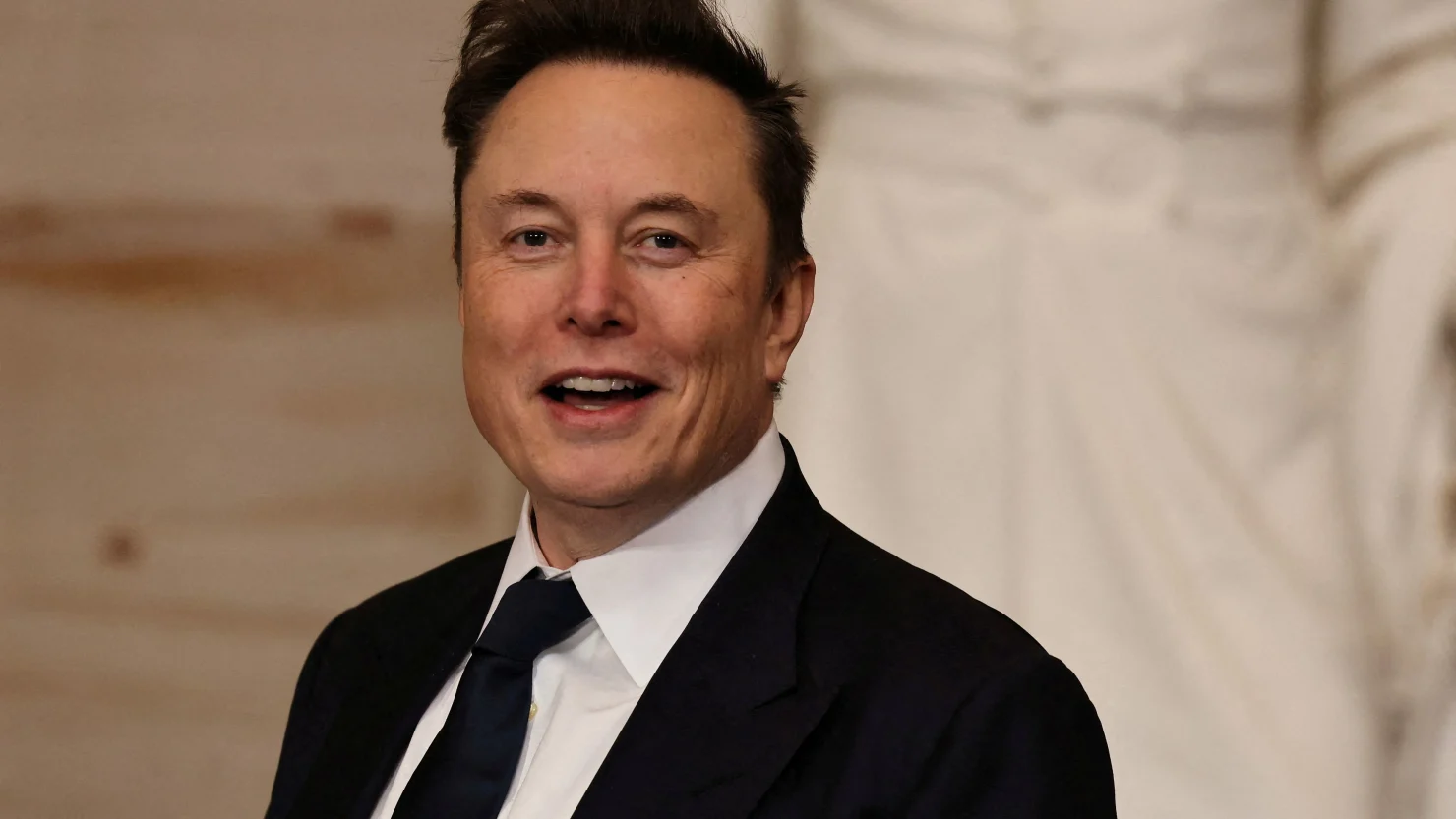Tesla’s Robot Revolution Stumbles: Inside the Growing Pains of Elon Musk’s Boldest Bet
When Elon Musk first unveiled Optimus, Tesla’s humanoid robot, the vision seemed almost prophetic — a sleek, intelligent machine capable of handling repetitive labor, transforming industries, and redefining the boundaries of human productivity. Standing tall beside Musk on stage, the robot symbolized not just another product, but a promise: that the future of work would be automated, efficient, and distinctly Tesla.
Musk’s projections were, as always, grand. By 2025 and 2026, he claimed, legions of Optimus robots would roll off Tesla’s production lines, ready to populate factories, warehouses, and even homes. “This will be bigger than the car,” he declared in 2022. For investors, that promise carried immense weight — a potential new trillion-dollar market that could cement Tesla’s dominance beyond electric vehicles.

But now, in late 2025, that dream faces its toughest reality check yet.
A Far Cry from the Promise
According to recent reports from multiple sources close to Tesla, production numbers for Optimus have fallen dramatically short of expectations. Instead of thousands of units as projected, only a few hundred have been completed — a figure that’s raised alarm among investors and confusion among fans.
For a company used to exceeding expectations in the long run, the shortfall doesn’t just represent a missed milestone. It’s a credibility test. The market has long learned to accept Musk’s ambitious timelines with a grain of salt, but the scale of the gap this time has rekindled concerns about overpromising and underdelivering.
“Optimus is an incredible vision,” one industry analyst noted, “but robotics is a far different challenge than automotive manufacturing. Tesla may have underestimated how complex humanoid mechanics and AI-driven motion really are.”
The Challenge of Building a “Mechanical Human”
Unlike electric cars — which rely heavily on well-understood mechanical systems and scalable production — humanoid robots pose a unique challenge. Every movement, from walking to grasping an object, requires precise synchronization of sensors, software, and artificial intelligence.
Tesla has made significant progress in these areas, showcasing videos of Optimus walking, sorting objects, and performing basic tasks in the company’s Fremont facility. Yet, insiders report that scaling this precision to mass production has proven immensely difficult.
“Each Optimus requires meticulous calibration,” said a former Tesla robotics engineer who requested anonymity. “Small inconsistencies in hardware can cause major performance issues. We’re still learning how to make hundreds — let alone thousands — that behave identically.”
These challenges mirror those faced by other robotics pioneers, such as Boston Dynamics and Agility Robotics, who have spent years perfecting machines capable of stable, repeatable movement. Even with Tesla’s vast resources and AI expertise, the human-like form factor remains one of the most technically demanding goals in engineering.

Investor Jitters and Market Ripples
Tesla’s stock has long been fueled by anticipation of future technologies — from self-driving software to energy solutions. Optimus was supposed to be the next growth engine, with Musk hinting that the robot could eventually replace millions of low-skill labor jobs.
But as reality catches up, investors are growing cautious. While Tesla’s core EV business remains strong, optimism surrounding its robotics division has cooled. Analysts have started to revise expectations, noting that meaningful revenue from Optimus could be years, not months, away.
Still, not everyone is ready to count Musk out. “If there’s one thing we’ve learned about Elon,” said tech investor Mark Ridley, “it’s that early setbacks don’t define him. He missed deadlines with SpaceX and Tesla, too — and look where those companies are now.”
Musk’s Philosophy: Fail Fast, Iterate Faster
Indeed, failure has never stopped Elon Musk. His companies have faced repeated crises — rockets exploding, cars catching fire, production lines stalling — only to bounce back stronger. Tesla insiders suggest that the current phase is just part of Musk’s “build fast, break things, fix them” philosophy.
In fact, recent footage from Tesla’s AI Day events shows Optimus moving more smoothly and autonomously than ever before. Engineers emphasize that these early models are learning tools — a foundation for the eventual large-scale rollout.
“Musk thinks in decades, not quarters,” one senior Tesla executive remarked. “He’s building something that could transform global labor markets. The first 500 units are not a failure — they’re the prototype generation that will make the next 5,000 possible.”

The Stakes for the Future
The implications of Optimus stretch far beyond Tesla. If successful, humanoid robots could revolutionize sectors from manufacturing to elder care. They could fill labor shortages, perform dangerous tasks, and reshape the economics of production worldwide.
But if Optimus falters, it could chill investment across the entire robotics field — discouraging competitors and slowing the pace of innovation. The stakes, in short, are enormous.
As of now, the world is watching closely. Musk remains publicly optimistic, promising “major updates” in 2026 and teasing a “significant leap” in Optimus’s intelligence and dexterity. Yet even his most loyal supporters acknowledge that this is one of the hardest challenges he’s ever faced.
A Vision Delayed, Not Dead
Despite the setbacks, few doubt the inevitability of humanoid robots in the long run. Whether Tesla leads that revolution or someone else does remains to be seen. But for now, the Optimus story serves as a reminder of the fine line between visionary ambition and technical reality.
Musk’s dream of a world filled with tireless robotic workers isn’t over — it’s just entering a tougher, more uncertain phase. And if history is any guide, that’s exactly when Elon Musk does his best work.